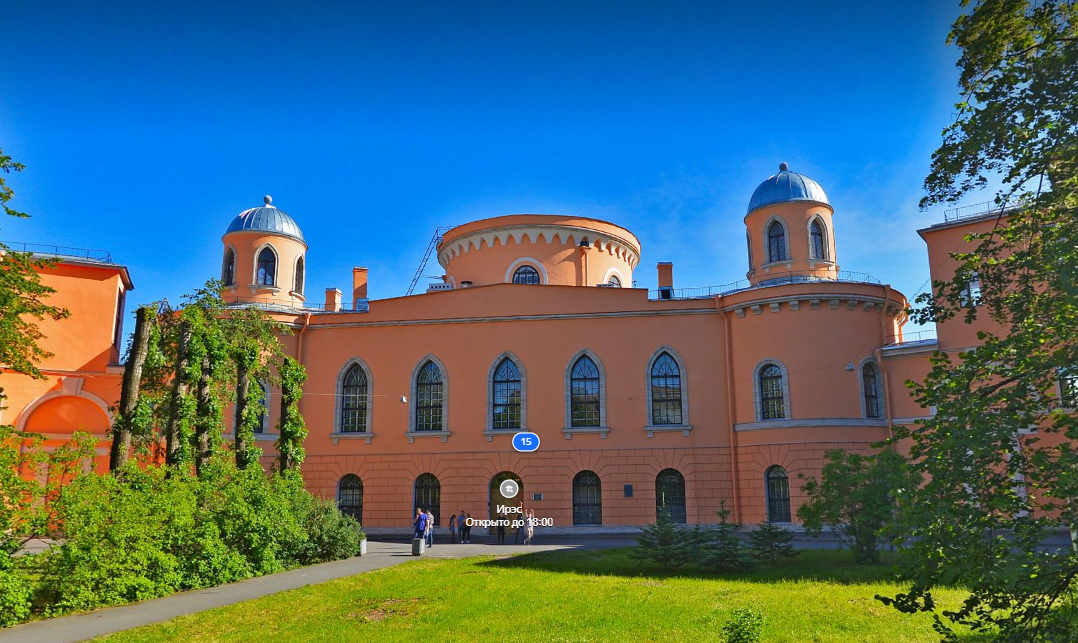 Back
Back
The Chesme Palace

Gastello str, 15
The Chesme Palace – the imperial travel palace (Putevoi), ordered by Catherine II
In the 18th century, the place where the Chesme Palace is located was a swamp surrounded by dense forest. Finnish peasants called it “kikerikeksen”, which means “frog swamp” in Finnish. In 1774 Catherine the Great ordered a palace to be built as a rest stop on the route from Saint Petersburg to the Tsarskoye Selo at this place, it was designed in the spirit of a medieval castle (Longford Castle in England, similar in plan, is often indicated as a specific prototype). The palace on the frog swamp was named Chesmensky in 1780 in honor of the 10th anniversary of Russia's victory in the Battle of Chesme. Later, Paul I wanted to set up an almshouse here with a hospital for crippled soldiers, but it was not possible to arrange the delivery of the required amount of water,so at that time the idea was not supported. During the reign of Alexander I, the Chesme Palace was often empty. In 1830, the Chesme Palace came into the possession of the Committee for the Wounded, and after six years of adding to the side three two-story outbuildings, privates and officers were placed here. In 1834, a regular park began to be built around the Chesme Palace. In the late spring of 1919, the almshouse was closed. The first forced labor camp was opened in the Chesme Palace, which became known as “Chesmenka”. The former Chesme Palace alternately housed an agricultural colony, the Road Institute and the Leningrad Institute of Aviation Instrument Engineering, until one of the Saint Petersburg State University of Aerospace Instrumentation (SUAI) buildings moved here in 1941.
The architecture of this relatively small palace is cold and harsh. The massive walls and belvedere pavilions above the corner towers are pierced by lancet windows that stand out in contrast against the background of the smooth plaster facades. Belvedere (Italian: “beautiful view”) – a tower, a superstructure on the roof of a building. The interior decoration of the palace did not match its formidable appearance. The walls are decorated with flower garlands, wreaths, medallions. A portrait gallery of Russian tsars and grand dukes was created in the central hall, which was supposed to demonstrate the historical continuity of the reign of Catherine II.
The swamp theme of the Chesme Palace is reflected in its symbol, the green frog. It was immortalized with the help of the famous table set ordered by Catherine II in England. This service included 952 faience objects, the surface of which was decorated with landscape views of old England with the obligatory inclusion of the image of a frog. Today this service is kept in the Hermitage Museum.
Additional Information
As it is the university the entrance is allowed for students with passes. You can visit the palace with excursion from the “Open City” project or with excursions from the city travel agencies.


